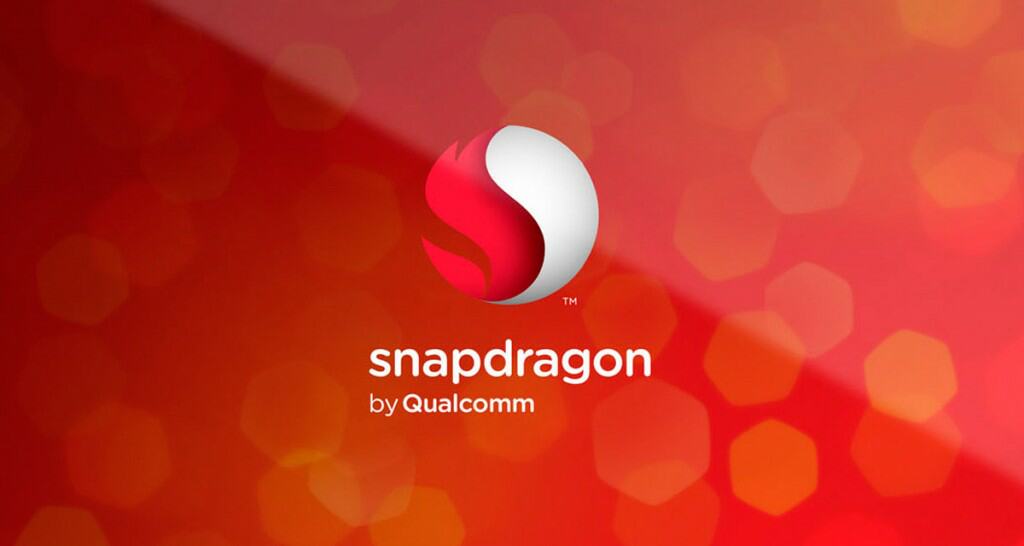
While smartphones differ in so many ways — who makes them, what kind of camera they have, battery size, Android version, and more — there’s one way in which most of them don’t differ at all. Just about every major smartphone on the market has something made by Qualcomm inside, and even those that don’t use Qualcomm’s intellectual property.
In fact, virtually every smartphone, cellular tablet and many other devices each earn Qualcomm a tiny bit of money, given the company’s holdings of lucrative patents on 3G, 4G and other technologies. It might surprise you to know that in Qualcomm’s 2016 financial year, the company made a whopping $6.5 billion USD on wireless technology royalties alone. That’s before it sells a single chip of its own.
You see, Qualcomm has a well established (and some might argue well earned) position of dominance in the mobile industry. There are few competitors that can produce quality chipsets on the same scale as Qualcomm can; to be sure, Samsung make their own chipsets (Exynos) and Huawei make their own too (HiSilicon Kirin), but everyone else uses Qualcomm, with some using MediaTek and fewer using some smaller competitor’s products.
Qualcomm are, without doubt, the dominant player though, and their partnership with Samsung (which has existed for some ten years, mind you) now seems to have shown a shade of bias. While Qualcomm’s Snapdragon 835 processor has been launched and spoken of favourably, we’re in the unusual situation where it seems there won’t be a single phone announced at Mobile World Congress that actually uses the new processor.
LG’s G6 has already all-but-been-confirmed as using 2016’s Snapdragon 821 instead, and it seems that any other manufacturer announcing phones at MWC will be stuck in the same boat; announce a phone that uses older technology, or something that won’t actually become available for a few months while the Snapdragon 835 becomes available.
Why is that?
My inner sceptic believes that Qualcomm’s arrangement with Samsung has come into play. Samsung, already reeling from the Note 7 fiasco, is looking for a way to reassert its own dominance in smartphones, and the easiest way to do that (apart from making a phone that doesn’t burn) is to have the best processor, bar none. What better way to do that than by ensuring that no other phone can launch with the new Snapdragon 835?
There’s little doubt that Samsung’s Galaxy S8 will launch with both Snapdragon 835 and equivalent Exynos variants, and that’s for one of two reasons — either Samsung has bought up all the available Snapdragon 835 units, or, they’ve simply restricted access to the chips until such time as the Galaxy S8 goes on sale.
Either way, the loser is us; we’re left with smartphones that either (a) get delayed, or (b) launch with last year’s technology. Now, that isn’t all bad; the Snapdragon 821 found inside Google’s Pixel is only a few months old, and it is rather capable. In fact, it’s proven as much — it’s fast, power efficient, doesn’t have overheating issues, and works rather well. An LG G6 with a Snapdragon 821 will be no slouch, mark my words.
But it is an unusual situation.
For as many years as I’ve been covering mobile, the biggest and best announcements (and products) come out of Mobile World Congress, and this year, it looks like no matter how good a phone is announced, it’ll be dogged by that “last year’s technology” claim.
Huawei can sidestep this for the P10, because they make their own silicon, and there’s little doubt they’ve got a Snapdragon 835-ish version of a HiSilicon Kirin just ready to go. For everyone else, though, there’s no real viable alternatives: MediaTek make good mid-range chips, but their GPU performance just isn’t up to pace. Nvidia and Intel are there, but they’re just too new to this particular game.
One thing that would fix this is the entry of a new competitor, but that’s just too unlikely to happen; setting up to manufacture processors is a very expensive business, and not one anyone is likely to engage in unless there’s a guaranteed path to profitability. Huawei and Samsung can afford to take a hit to establish theirs, but a new, unaffiliated chipset manufacturer? It just isn’t likely; what with intellectual property issues, a market with a dominant player (and two competitors who serve their own captive markets), and the huge startup costs … we’re stuck for the time being, I’d say, with Qualcomm (and thus, to an extent, Samsung) being able to set the pace for just about everyone else.




They are being investigated in the US by the FTC for antitrust violations. Sounds like the usual for a large monopoly company. They are being investigated in South Korea as well(or have been fined). Time will tell.
Samsung is currently the sole manufacturer of the SD 835. That makes it pretty easy to know how many chips it’ll be manufacturing and buy them all. Qualcomm obviously didn’t put any restrictions on how many it’s willing Samsung to purchase. Allowing Samsung to do that says more about Qualcomm.
It’ll make a big difference to G6 sales. The 821 is just a refresh of the 820, which is 2016’s chip. No doubt we’ll see a 836, etc, by July/August, which will further impact on LG.
The Pixel this year might be able to get the 835 then. That’d be a nice change instead of them (usually) having a ~6 month old chip in them.